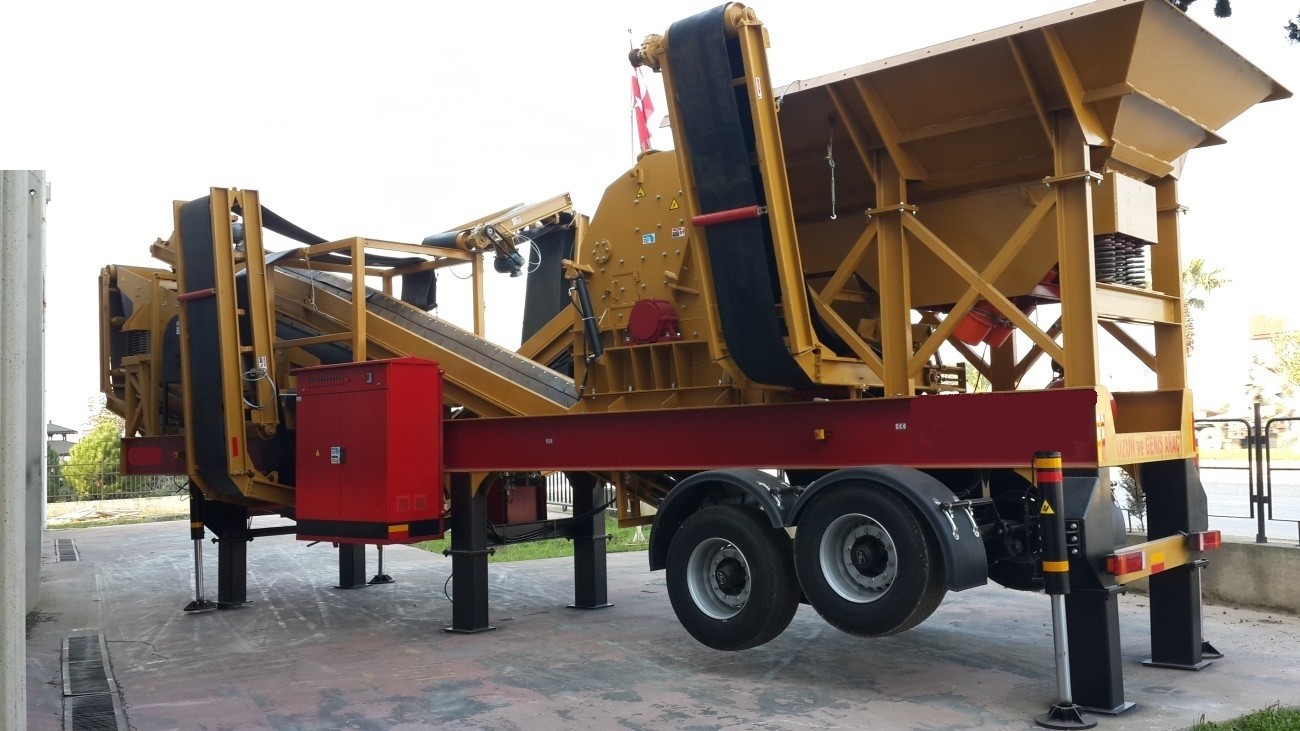Coal Crushing and Screening Plant
A Coal Crushing and Screening Plant is an industrial processing facility designed to prepare raw coal extracted from mining operations into a form suitable for use in various industries. These plants are essential for reducing the size of coal and separating it by quality to meet the specifications of power plants, cement factories, and steel production sectors.
Core Functions of the Facility
The plant typically consists of three major sections:
-
Crushing Unit: In this section, large chunks of raw coal are reduced in size using jaw crushers, impact crushers, or cone crushers. This process facilitates further handling and prepares the coal for sizing.
-
Screening Unit: After crushing, coal is sorted by size through vibrating screens. This allows the separation of coal into different size fractions such as 0–10 mm, 10–30 mm, and over 30 mm, which are then stored or shipped.
-
Dust Collection and Environmental Control: Coal dust generated during operations is controlled through bag filters, wet suppression systems, and extraction fans. These systems ensure compliance with environmental regulations by preventing particulate emissions.
Technological Equipment and Automation
Modern coal plants are equipped with automated control systems, often managed via Programmable Logic Controllers (PLC). This allows for remote monitoring and operational efficiency. Continuous quality control is ensured by belt weighers, moisture analyzers, and sampling systems.
Environmental and Economic Benefits
These plants improve the usability of coal, increasing its market value and reducing environmental impact. By separating low-grade waste and ensuring high-quality fuel, the facilities contribute to sustainable development and better energy efficiency.
 English
English
 Le français
Le français
 Türkçe
Türkçe

